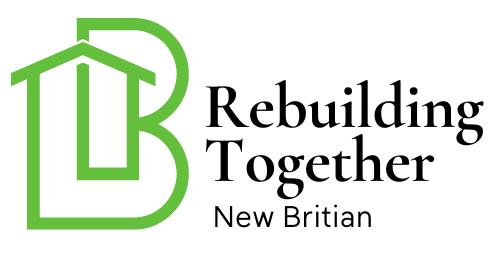In today’s world, ensuring that your home is as accessible as possible is not only a wise decision but also a compassionate one. Bathroom remodeling for accessibility can significantly enhance the quality of life for individuals with mobility challenges, the elderly, and even families with young children. Understanding the nuances of creating an accessible bathroom is essential. Let’s dive into how you can make your bathroom a safe and welcoming space for everyone.

Understanding the Importance of Accessibility
Bathrooms are one of the most utilized spaces in any home. However, they can also present numerous safety challenges, especially for those with physical limitations. The primary goal of bathroom remodeling for accessibility is to ensure safety, comfort, and independence for all users. By investing in accessibility, you’re not only enhancing the functionality of your home but also increasing its value.
Key Elements of Accessible Bathroom Design
1. Spacious Layouts
Adequate space is crucial. Ensure there is enough room for easy maneuverability, especially if wheelchairs or walkers are being used. Consider widening doorways and creating open floor plans to facilitate movement.
2. Slip-Resistant Flooring
Installing slip-resistant tiles or mats is vital to prevent falls. These choices are not only practical but also offer a variety of stylish options. For more on safe flooring, check out bathroom tiles for elderly.
3. Accessible Fixtures
Consider installing adjustable-height sinks and toilets. These fixtures can be tailored to meet the needs of all users, ensuring comfort and accessibility. Learn more about sink height for accessibility.
Ensuring Safety and Comfort
1. Proper Lighting
Good lighting is essential for safety. Consider installing LED safety lights to enhance visibility.
2. Grab Bars and Handrails
These fixtures provide crucial support for those with mobility issues. Place them strategically near toilets, showers, and bathtubs for maximum safety.
3. Walk-in Showers and Bathtubs
These installations are safer and more accessible than traditional bathtubs. They eliminate the need to step over high edges, reducing the risk of falls.
Incorporating Technology for Enhanced Accessibility
Technology can play a significant role in bathroom remodeling for accessibility. Consider voice-activated lighting, automated faucets, and smart shower systems. These innovations not only enhance accessibility but also bring a touch of luxury to your bathroom.
Planning Your Bathroom Remodel
Creating an accessible bathroom requires careful planning. Start by assessing the specific needs of the users. Consider consulting with professionals who specialize in accessible design. They can provide valuable insights and recommendations tailored to your situation.
Budgeting for Accessibility Enhancements
While bathroom remodeling for accessibility can require a significant investment, it’s important to view it as a long-term benefit. Prioritize essential features first and consider cost-effective solutions. Often, there are grants or financial assistance available for accessibility modifications.
Maintaining Your Accessible Bathroom
Once your remodel is complete, regular maintenance is key to ensuring the longevity of your bathroom’s features. Keep floors clean and dry, regularly check fixtures, and address any issues promptly.
1. Regular Inspections
Conduct regular inspections to ensure all safety features are functioning correctly. This proactive approach can prevent accidents and ensure ongoing safety.
2. Professional Servicing
Consider hiring professionals for regular maintenance of high-tech installations. This can prolong their lifespan and ensure optimal performance.
Real-Life Success Stories
Many homeowners have successfully undertaken bathroom remodeling for accessibility. Their stories highlight the transformative impact such changes can have on daily life. Exploring these experiences can provide motivation and ideas for your project.
Resources and Support
Numerous resources are available to assist you in your remodeling journey. Organizations like the Bathway offer valuable tips and support for creating accessible spaces.
Conclusion
Embarking on a bathroom remodeling for accessibility project is a commendable endeavor. By ensuring that your bathroom is safe, comfortable, and accessible, you’re enhancing the quality of life for everyone who enters your home. With thoughtful planning and execution, you can create a bathroom that serves all users with dignity and ease.

FAQ
1. What are the main benefits of bathroom remodeling for accessibility?
Remodeling a bathroom for accessibility ensures safety, comfort, and independence for users with mobility challenges. It also adds value to your home and can cater to the needs of a diverse range of users.
2. How can I start planning my bathroom remodeling for accessibility?
Begin by assessing the specific needs of the users. Consider consulting with professionals who specialize in accessible design for tailored recommendations.
3. Are there financial aids available for accessibility remodeling?
Yes, there are often grants and financial assistance programs available to support accessibility modifications. Research local resources and organizations for potential aid.
This article contains affiliate links. We may earn a commission at no extra cost to you.

